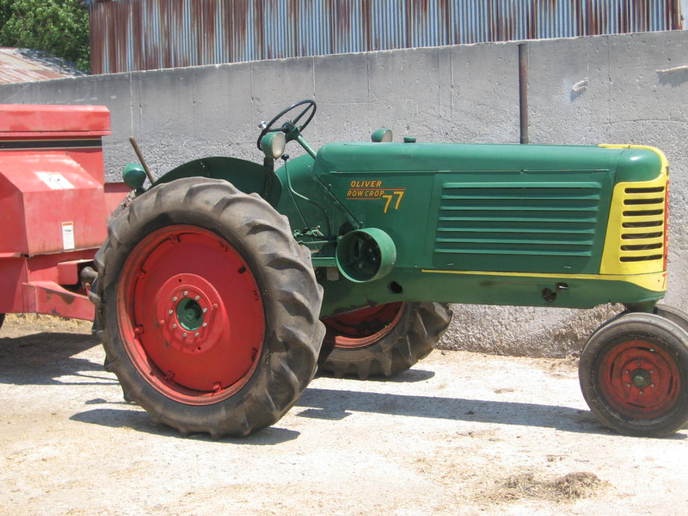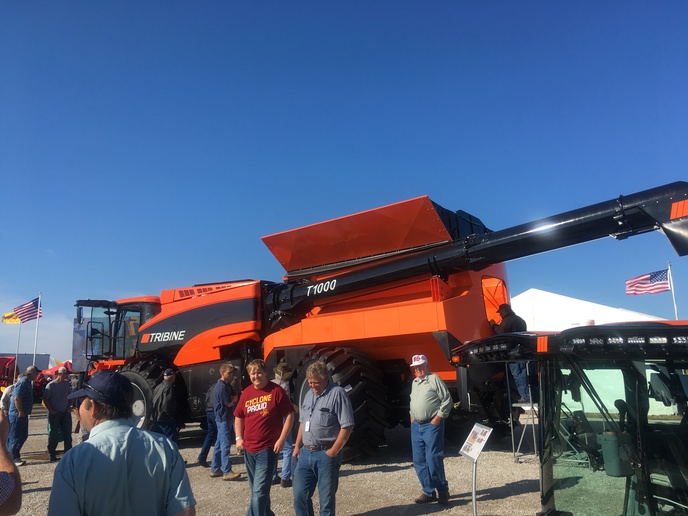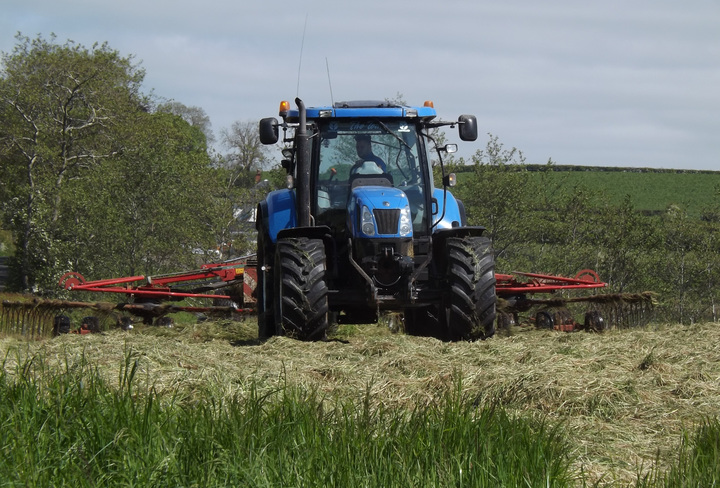I can well remember when my Grand Father brought home the JD 4010. It seemed massive. Big enough that would should never need anything bigger. Then years later when he bought his last tractor, an IH 1466. WOW what a BIG machine.
Now guys are talking about what older tractors are bringing about how useful they are. Well 90% of the tractors collected have ZERO use on most modern farms. Truth but it is just fact.
That JD 4010 is not even an auger tractor anymore. I found that out last year. Had it on a 13 x 85 auger putting soybeans in a bin. Just had the auger a short while. Had not really pushed it much but that day threatening rain had me wanting to get unloaded ASAP. Opened the semi hopper door wide open and just about killed the tractor when the auger got clear full. Luckily I heard it struggling and shut the door some before it completely stalled. Finished that load and went and got a JD 4440 to run it with before someone did plug the auger. Checked the JD 4010 on the dyno, right at 95ish on power.
So there is not much any of these older tractors can do on modern farms. Our two TMR/feeder wagons are over 700 cubic feet mixers. They really need 125 HP to work well. Even then you got to watch them pushing you around loaded.
I think the drive to bigger, faster equipment will just keep going. It started a 100 years ago and is still going strong.
Now guys are talking about what older tractors are bringing about how useful they are. Well 90% of the tractors collected have ZERO use on most modern farms. Truth but it is just fact.
That JD 4010 is not even an auger tractor anymore. I found that out last year. Had it on a 13 x 85 auger putting soybeans in a bin. Just had the auger a short while. Had not really pushed it much but that day threatening rain had me wanting to get unloaded ASAP. Opened the semi hopper door wide open and just about killed the tractor when the auger got clear full. Luckily I heard it struggling and shut the door some before it completely stalled. Finished that load and went and got a JD 4440 to run it with before someone did plug the auger. Checked the JD 4010 on the dyno, right at 95ish on power.
So there is not much any of these older tractors can do on modern farms. Our two TMR/feeder wagons are over 700 cubic feet mixers. They really need 125 HP to work well. Even then you got to watch them pushing you around loaded.
I think the drive to bigger, faster equipment will just keep going. It started a 100 years ago and is still going strong.






